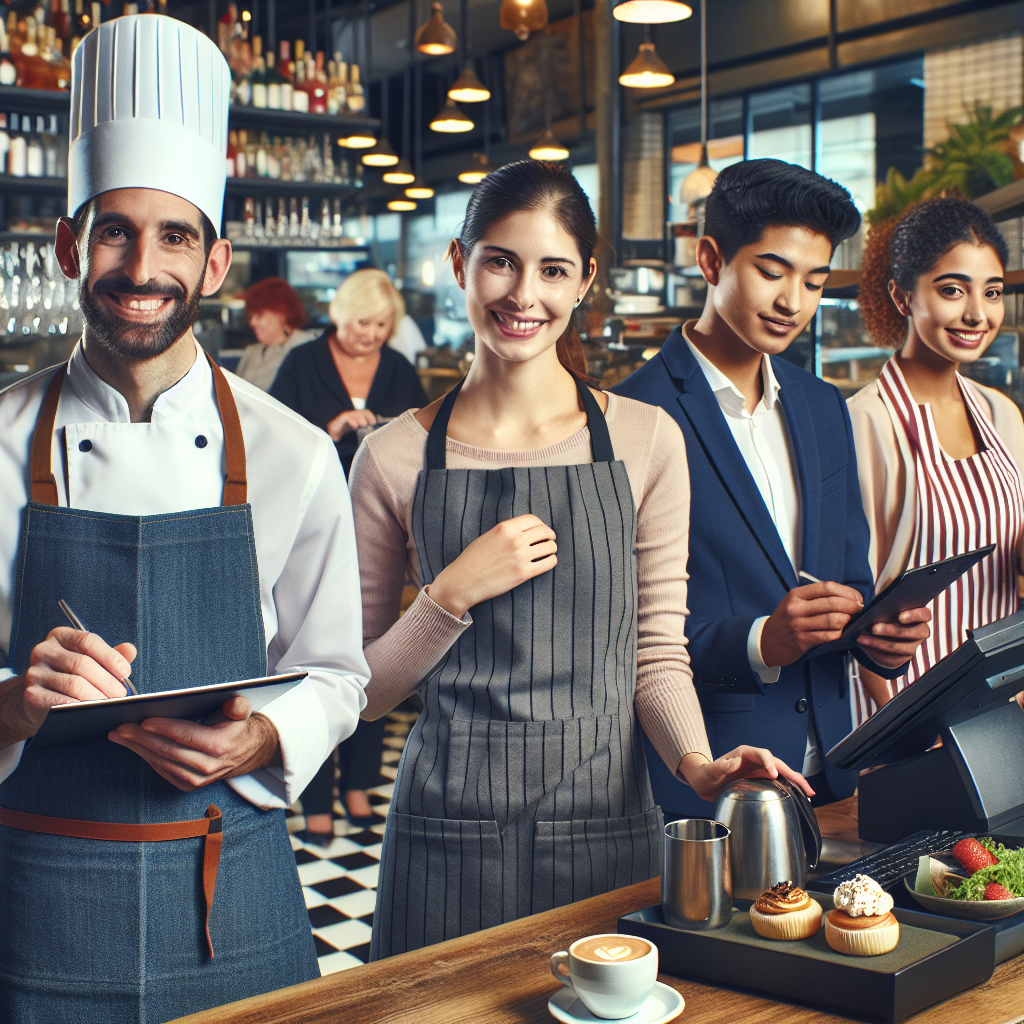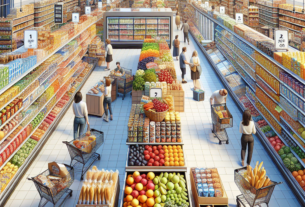The Rise of Online Food Delivery Services
Online food delivery services have become increasingly popular in recent years, with more and more consumers opting to order their meals from the comfort of their own homes. Companies like Uber Eats, Grubhub, and DoorDash have capitalized on this trend, offering a wide range of food options for delivery straight to customers’ doors. This shift in consumer behavior has disrupted the traditional food service industry, forcing restaurants to adapt to the changing landscape.
Market Share and Growth
According to a report by Statista, the online food delivery market is expected to reach $151 billion by 2025, with a compound annual growth rate of 12.8%. This rapid growth can be attributed to the convenience and ease of ordering food online, as well as the wide variety of options available to consumers. Companies like DoorDash have seen significant growth in recent years, with a reported market share of 45% in the United States alone.
Financial Performance
The financial performance of online food delivery services has been impressive, with companies like Grubhub reporting revenues of over $2 billion in 2024. These companies have also seen significant increases in their stock prices, with Uber Eats’ parent company Uber Technologies seeing a 50% increase in its stock value in the past year.
The Impact on Traditional Restaurants
The rise of online food delivery services has had a significant impact on traditional restaurants, forcing them to adapt to the changing landscape or risk being left behind. Many restaurants have had to invest in their own delivery services or partner with third-party delivery companies to remain competitive in the market. This shift has also led to increased competition among restaurants, with many offering special deals and promotions to attract customers.
Challenges Faced by Traditional Restaurants
Traditional restaurants have faced a number of challenges as a result of the rise of online food delivery services. One of the biggest challenges is the high fees charged by third-party delivery companies, which can eat into restaurants’ profits. Additionally, restaurants have had to invest in packaging and delivery infrastructure to meet the demands of online orders, adding to their operating costs.
Adapting to the Changing Landscape
To survive in this new environment, many traditional restaurants have had to adapt their business models to accommodate online ordering. Some restaurants have redesigned their menus to offer more delivery-friendly options, while others have invested in technology to streamline the ordering and delivery process. Some restaurants have even gone as far as to open virtual kitchens that operate solely for delivery orders.
The Future of Online Food Delivery Services
The future of online food delivery services looks bright, with continued growth expected in the coming years. Companies like DoorDash and Uber Eats are constantly innovating to improve the customer experience and stay ahead of the competition. As more consumers opt for the convenience of online ordering, traditional restaurants will need to continue to adapt to the changing landscape to remain relevant in the market.
Innovations in Online Food Delivery
One of the key innovations in online food delivery is the use of artificial intelligence and machine learning to improve delivery times and optimize routes. Companies like DoorDash are also experimenting with drone delivery and autonomous vehicles to further streamline the delivery process. These innovations are aimed at making the ordering and delivery process faster and more efficient for consumers.
Expansion into New Markets
Online food delivery companies are also expanding into new markets, both geographically and in terms of the types of food offered. Companies like Uber Eats have partnered with grocery stores and convenience stores to offer a wider range of products for delivery. This expansion into new markets allows online food delivery services to reach a broader customer base and increase their market share.
Overall, the rise of online food delivery services has disrupted the traditional food service industry, forcing restaurants to adapt to the changing landscape or risk being left behind. With continued growth expected in the coming years, companies in this space will need to innovate and expand into new markets to stay ahead of the competition.



